QuestionQUESTION: hi, i just got my second shelter dog (m chow/pit) he is submissive to my female
(greyhound/boxer?) they got into their first fight after 2 months..over food. i
walk them daily, feed apart, no furniture...all that good stuff. my question is if
there is another fight, how should i correct them after i break it up? also who
should i correct and in what order? cant wait to hear from you. susan
ANSWER: Hey, Susan,
Sorry to hear about the incident.
Many dogs, when they're put in a new living situation, will be on their "best behavior" for a few months. Then, once they feel more comfortable in their new surroundings, they'll start to express more of their true feelings (or inner tension).
In other words, your male really wasn't acting submissive toward your female. In fact dominance and submission aren't really the right words for the kinds of behaviors dogs exhibit toward one another, or toward their owners. That idea is based on the alpha theory which, it turns out, is a complete fallacy. In wild wolf packs dominance displays are uncommon and usually only take place over how to distribute food to the young. These encounters are almost always one by the "submissive" female, not the "dominant" male. She doesn't really act submissive, either, in order to win; she's just being as non-threatening as possible. The newer, more accurate terms for dominance and submission are "threatening" and "non-threatening" postures. For more read this article: http://tinyurl.com/2q2esp
As for whom to scold, and in what order, what I'd do is first stop the fight (obviously), and then, once it's over, I'd just let it be over. I wouldn't scold either dog after the fact. Scolding and, for that matter, most forms of punishment, tend to increase, not reduce internal tension, which is usually the cause of a dog's misbehavior.
I WOULD, however, make a mental note of what precipitated the event so I could avoid having the same thing happen in the future. And I'd keep in mind that dogs don't WANT to be in conflict. They're emotionally engineered to want to cooperate, to work together toward a common goal. That's the true hallmark of the pack instinct; that's how it originated. It enables wolves to hunt large prey by working in harmony, as a team. Even coyotes will form packs when they need to hunt large prey. The idea of dominance and submission came from studying captive wolves, who were thrown together in an unnatural setting and weren't able to travel long distances together and work as a cooperative social unit to kill their meals. As a result, when tension built up, these inorganic packs would get into conflicts with one another. In wild wolves those kinds of conflicts seldom arise because the underlying social tension is always released through predation and the need for harmony.
So the hunting instinct in dogs, is a mechanism both for feelings of wanting to attain group harmony with one another, and for reducing internal tension and stress by killing prey animals (or in the case of dogs, killing their toys). The more you facilitate REAL pack feelings in your dogs, through playing biting games and taking them on long walks (hunting expeditions) together, the more harmonic they'll become. And the more you train each dog individually through biting games, like fetch and tug, the more cooperative and obedient they'll be with you. Also, dogs just need to get their yah-yahs out. They need some hard, vigorous playful exercise every day. They're always much calmer and more peaceful if they can romp full-bore for at least 20 mins. a day, twice a day.
By the way, if these were my dogs, while I was breaking up the kind of fight that yours apparently had, I'd concentrate my focus and energy on the instigator. I wouldn't scold him necessarily, but I'd be focused more on him than the other dog. Later, I'd also play a game where I have both dogs sit for a treat, then I'd take turns letting each dog take a treat from my hand, so they get accustomed to and enjoy the predictable pattern of first one gets to eat, then the other. It's not a guarantee that there won't be further squabbles, but I've found that it dampers the energy of future conflicts considerably.
Here's another helpful exercise, which uses food to stimulate the "eye stalk" aspect of the prey drive: http://www.tiny.cc/TrickorTreat
Sorry for the long winded answer. I hope it helps!
LCK
---------- FOLLOW-UP ----------
QUESTION: LCK: That answer was great! I understand it now. I read the eye stalk and the
pushing information and plan to use them both. One last question for you..do
I "accommodate" my first dog by letting her eat first, out first, leash
first..etc..?
Should I play tug and fetch with each alone? It is likely a fight will start if I
play fetch together, my first dog is much faster and more threatening
(greyhound). Im going to use praise during stress like you said.Thanks again.
I appreciate the time you put into your answer...I
read your blog:) Susan.
AnswerThanks, Susan.
If I were you I wouldn't accommodate the first dog, nor would I make it an issue to feed and leash up, etc., the second dog first instead. I'd just mix it up. Everyone's equal (sort of*) in a real pack.
And yes, you'd definitely need to play fetch and tug separately, particularly in the beginning stages of using the games as both inducement and reward for learning obedience commands. Once they've begun aligning their individual behaviors with you through their prey drive, it'll be much easier to get them both to re-focus their individual energies back to you when they start to feel a conflict developing.
Thanks for reading my blog!
LCK
(There's no hierarchy, per se, in a real wolf pack, but there are differences in temperament and ability, which make some pack members "more equal" than others. The point is that the emotional energy of each pack member is focused on a common goal, the good of the pack, not on their own place of advantage in a linear pecking order.)

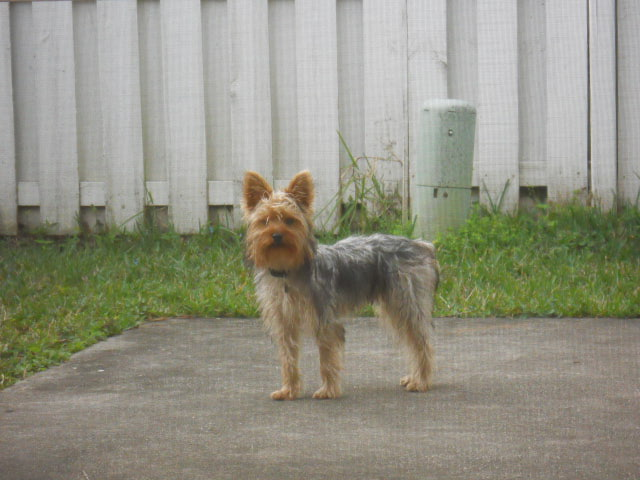 agressive silky terrier
Question
Lucas 1 year old
Hi Jennifer:
I have a
agressive silky terrier
Question
Lucas 1 year old
Hi Jennifer:
I have a
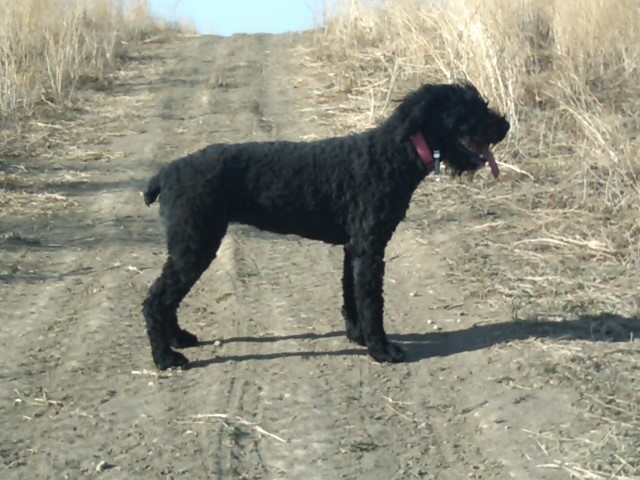 I was riding my bicycle when my 1yr old Bouvier bit my leg
Question
Pup
Hello, I have a 1yr old intact Bouvier bit
I was riding my bicycle when my 1yr old Bouvier bit my leg
Question
Pup
Hello, I have a 1yr old intact Bouvier bit
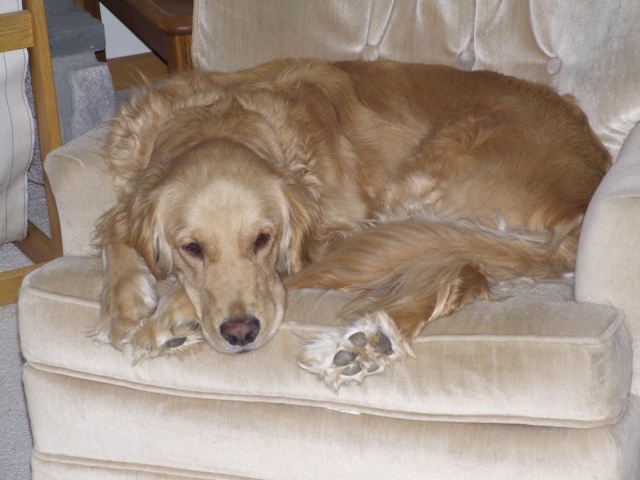 aggression in aging dog
Question
Niko
I have a thirteen year old, female, Samoy
aggression in aging dog
Question
Niko
I have a thirteen year old, female, Samoy
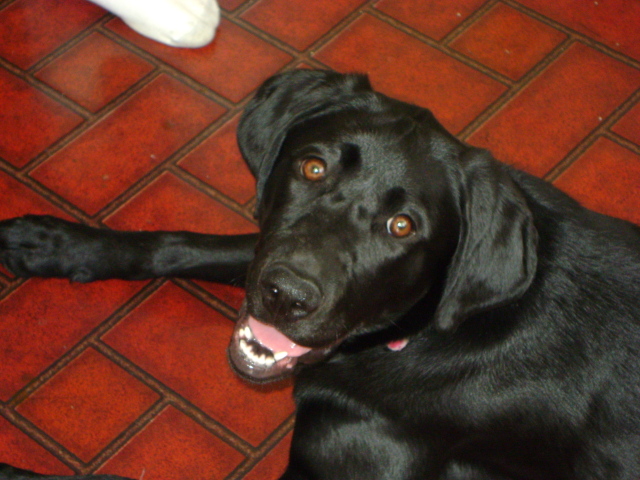 Black lab - 1 yr
QuestionSheba
QUESTION: My lab loves to bite her
Black lab - 1 yr
QuestionSheba
QUESTION: My lab loves to bite her
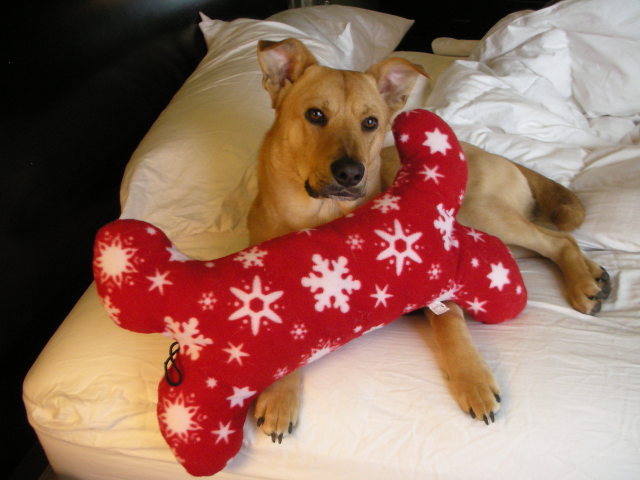 Very Scared Dog
Question
Happy
My dog is 17 months old and is a mixed b
Very Scared Dog
Question
Happy
My dog is 17 months old and is a mixed b